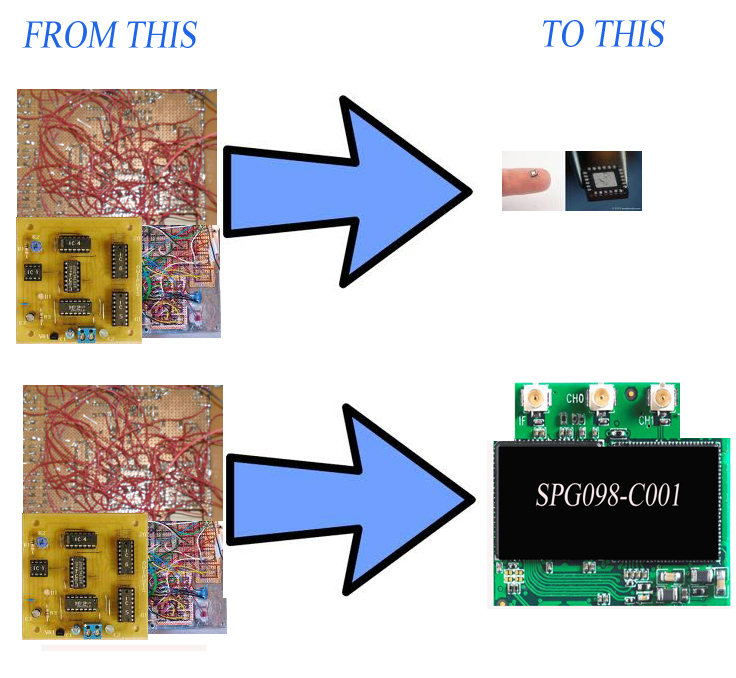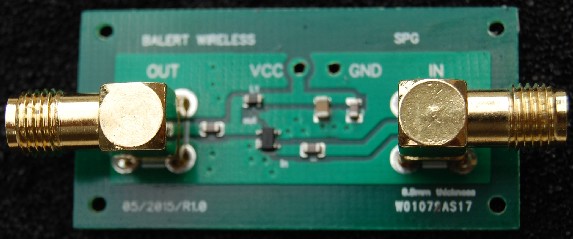Its interesting how many techniques exist today for impedance matching of complex loads to transmission lines. A really interesting one is the technique of double stub matching which is a popular one. Its simpler cousin is single stub matching which can be used but runs out of steam under some circumstances
Double stub impedance matching is more involved than single stub matching. First of all we need to discuss the rationale for using double stub matching. In order to understand all this, consider the points below:
1.0 A single stub match involves the use of a stub of fixed length placed at a fixed position on the transmission line from the load for a specific load.
2.0 If the value of the load changes then the length of the stub and the position at which it is placed must also change.
3.0 A better technique would be where we could fix the positions of the stubs in relation to each other and only change the lengths of the stubs to match varying loads. This is done using the techniques of double and triple stub matching.
4.0 Both analytic and graphical techniques are available to do double stub matching. The graphical method is usually the Smith Chart method and that is what we have focused on. However analytical techniques can be enlightening as well, and are recommended if you are mathematically minded.
5.0 In order to further understand the technique of double stub matching you need a reasonable amount of the understanding of how the Smith Chart works.
6.0 There are some loads that cannot be matched using double stub matching by simply altering the length of the stubs. However if we are willing and able, to move the stubs together a distance away (or towards the load) from the load then we can accommodate the load. This can be discussed and illustrated using the Smith Chart method. These loads form an area of the Smith Chart collectively known as the forbidden zone for double stub matching.
7.0 Additional techniques can be used to overcome the limitations of double stub matching if needed. Similar techniques to that of double stub matching are used for triple stub matching.
The interesting situation as far as learning about double stub matching is that there are very few articles available that really discuss the technique for the newbie. We know as we did a web search and came up with very few articles that deal with this.
A forthcoming book from Ain Rehman of Signal Processing Group Inc, addresses these techniques in some detail with a minimum of math. The title is VSWR and Impedance matching techniques. This book will be available on Amazon both as a paperback and as a Kindle book shortly for interested readers.
Please visit our website www.signalpro.biz for more information and other articles of interest.




